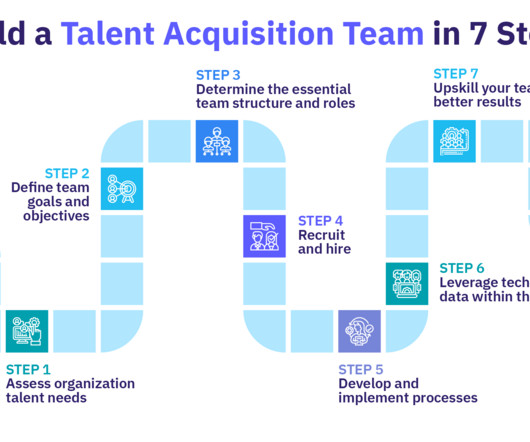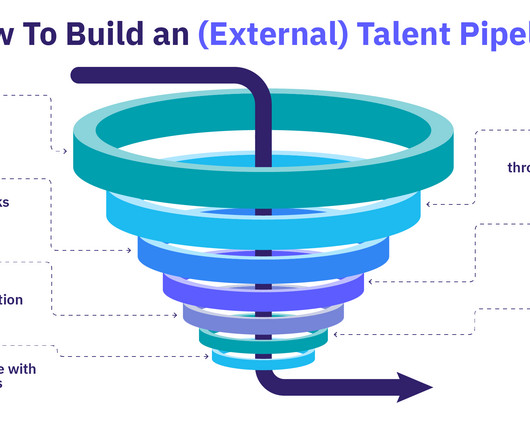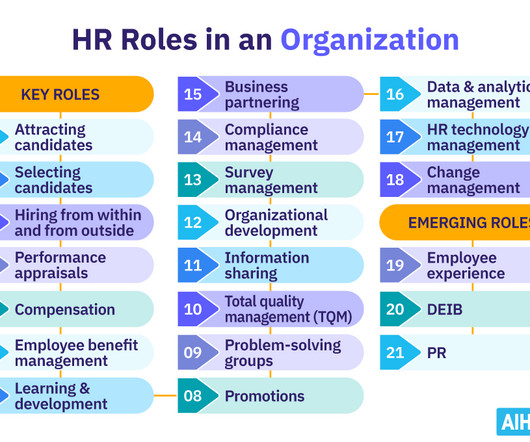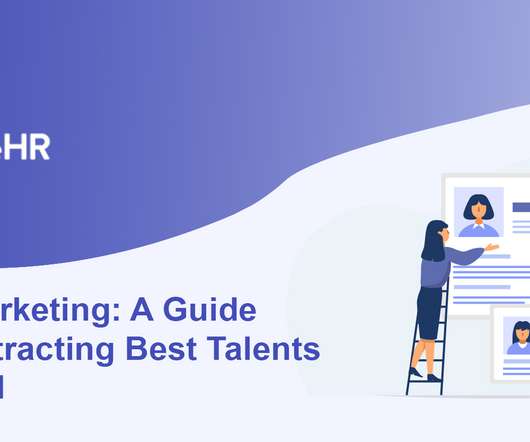Talent Acquisition vs. Recruitment: The Differences and HR’s Key Role
Analytics in HR
APRIL 4, 2023
Talent acquisition is HR’s long-term strategy to attract the best talent to help grow the business. Talent acquisition also helps in saving time and money. A strategic approach to talent acquisition Here are different strategies to develop a solid talent acquisition strategy : Employer branding. Succession planning.

































Let's personalize your content